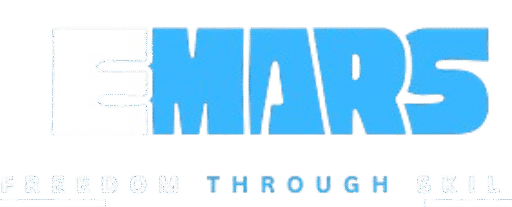The Foundation of Human Innovation: Well-Being as a Catalyst
Human innovation thrives not merely on talent or technology, but on well-being—especially mental resilience. At its core, sustained creative effort depends on the ability to recover from setbacks, maintain focus, and persist through uncertainty. **Mental resilience** acts as the bedrock of this process, enabling individuals to engage deeply with complex challenges without burning out. Neuroscience reveals that resilient brains activate regions linked to divergent thinking—critical for generating novel solutions. Resilient individuals don’t just endure pressure; they reframe failure as feedback, accelerating iterative design and breakthrough thinking. This mental agility turns obstacles into stepping stones, proving well-being is not a side benefit but a central driver of innovation.
Mental Resilience: The Hidden Engine of Breakthrough Thinking
Mental resilience is more than emotional endurance—it’s a dynamic cognitive state that fuels problem-solving under pressure. In high-stakes environments, resilient minds activate prefrontal cortex networks associated with flexible thinking, allowing clearer analysis and creative risk-taking. Studies show that individuals with high resilience sustain attention longer and recover faster from errors, directly boosting innovation output. For example, engineers working on long-term projects face repeated dead ends; resilience turns frustration into fuel for adjustment and refinement. “Resilience reframes failure as data,” says cognitive psychologist Dr. Elena Torres, “turning setbacks into design inputs.”
- Resilience supports divergent thinking—key for generating innovative ideas.
- Brain imaging confirms reduced stress response correlates with enhanced creative output.
- Real-world innovators, from inventors to entrepreneurs, rely on mental stamina to persist beyond initial doubt.
Case Study: How Well-Being Drives Modern Breakthroughs
The most transformative innovations often emerge where well-being is prioritized. The development of mRNA vaccines exemplifies this: scientists endured decades of skepticism, funding delays, and technical dead ends, yet maintained mental resilience to push forward. Their perseverance, rooted in emotional balance and purpose, accelerated iterative testing and global collaboration. Similarly, renewable energy innovators thrive in environments fostering psychological safety—where risk-taking is supported, and burnout minimized. Teams with low stress levels report higher creative synergy and faster problem-solving. Digital health developers illustrate another dimension: empathetic well-being in design teams produces user-centered tools that truly meet human needs. Across domains, well-being is not optional—it’s systemic.
| Innovation Area | Well-Being Factor | Outcome |
|---|---|---|
| mRNA vaccine development | Long-term resilience & purpose | Overcoming decades of doubt and trial |
| Renewable energy R&D | Psychological safety & low burnout | Creative collaboration and rapid iteration |
| Digital health design | Empathetic well-being & connected teams | User-centered, impactful solutions |
Beyond Talent: Well-Being as a Systemic Innovation Enabler
Innovation flourishes in systems that support well-being at every level. Companies embedding psychological safety report 30% higher innovation output, as teams feel safe to challenge assumptions and experiment. In education, resilience programs correlate with stronger problem-solving and project success, equipping students to tackle real-world complexity. At the societal level, nations with robust mental health infrastructure demonstrate faster adoption of sustainable technologies—proof that well-being fuels collective progress. These patterns reveal a universal truth: **innovation is not just about minds, but about nurturing the conditions where minds can thrive**.
The Non-Obvious Link: Sustained Well-Being Fuels Unconventional Thinking
A striking insight: sustained well-being expands cognitive bandwidth, freeing mental resources for creative exploration. Under pressure, stress narrows focus, trapping thought in routine responses. But when stress is managed—through mindfulness, connection, and balanced challenge—mental space opens for originality. This creates a paradox: too much pressure stifles insight; steady well-being nurtures it. Small daily practices—mindfulness, meaningful connections, purposeful rest—compound over time, amplifying innovation capacity. As author David Rock notes, **“The brain’s innovation engine works best when it’s rested, resilient, and relational.”**
- Reduced stress increases available cognitive resources for creative insight.
- Balanced pressure fosters insight; chronic stress blocks it.
- Consistent well-being habits build long-term innovation stamina.
“Well-being isn’t a luxury for innovation—it’s the quiet foundation that lets the mind expand, explore, and create beyond limits.”
Table of Contents
Unlocking Complex Patterns: From Fourier Transforms to Spartacus—a framework mirroring how well-being nurtures the intricate, adaptive thinking behind breakthroughs.
Well-being is not the finish line of innovation—it is the quiet current that powers every leap forward. By nurturing mental resilience, emotional balance, and sustainable connection, we unlock human potential not as a myth, but as measurable, replicable progress.

Leave a Reply